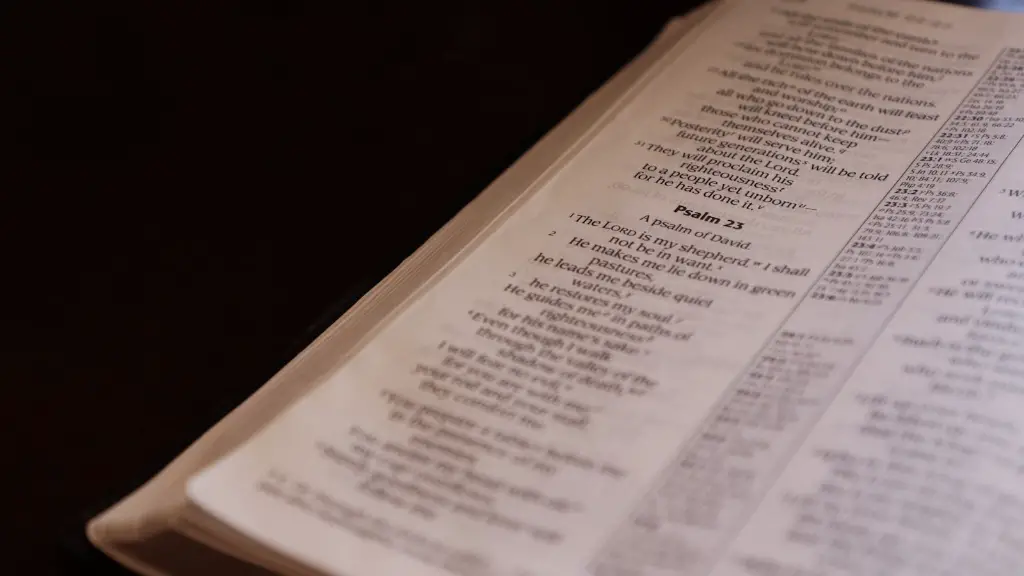Threshing floor in the Bible described as a flat, open-air area where grain was separated from the chaff. Threshing was an integral part of the harvest process in agrarian societies and threshing floors were often used by farmers. But in the Bible threshing was not just a practical activity. There were many symbolic messages about the spiritual and religious aspects of threshing.
In the Hebrew Bible, threshing floors were a focus for festive activities, offering a place for the community to socialise and enjoy the fruits of their labour. They were a place for worship and celebration. Threshing floors were often linked with religious rituals such as offerings and sacrifices, transforming them from simple open-air places into important religious sites. In the New Testament, Jesus often chose threshing floors to preach his sermons because of the symbolism they had.
In Jewish tradition, threshing floors carried a special significance. The essence of threshing was not just to remove the chaff from the grain, but to also make sure the wheat was pure and unmixed. This symbolised purity, holiness and integrity, values that were central to their faith. Scholars have noted that this symbolism was likely to have a large influence on Jesus’ teachings, as he often referred to threshing floors to convey spiritual messages.
The Bible also mentions other important rituals related to threshing floors, such as the ‘reaping’ of the wheat. This was a rite that expressed gratitude and reverence to God, because it showed humility and admiration for the bounty that He provided. It also highlighted the importance of hospitality, as it was often practised during harvests. Reaping and threshing were also seen as ways to glorify God and Lord of the Harvest.
Threshing floors had a spiritual significance and could be seen as the gateway to God’s presence. According to the Bible, threshing floors served as sites of prayer and spiritual guidance, but also places of judgement and arbitration. It was where justice was served and sin was judged. It was also a place for sorting out differences between people in a peaceful way.
In conclusion, threshing floors in the Bible were seen as much more than places for practical agricultural activities. They were symbolic of spiritual practices, divine judgement and mercy. They were a place of prayer and guidance, and of community gatherings and socialisation. The symbolism of threshing and reaping were important for the spiritual development of people.
History Of Threshing Floor
The threshing floor first appeared in the Bible sometime during the reign of King David, who was said to own one in Jebus (2 Samuel 23:11-12). Historians believe that this reference to threshing floor, was the first ever. Since then, the threshing floor evolved, taking on different forms over the centuries. In biblical times, it appeared as a large, flat area made of dirt, usually located away from settlements and villages.
During the Roman period, threshing floors were made of stone or cobblestone and had curved walls, to let the wind flow through and so that the threshed grains could fall closer to the center of the floor. Over time, the shape and size of threshing floors changed to fit the needs of different communities, including smaller homes and courtyard, as well as open-air plazas set outside the villages.
The threshing floor was an important part of life in ancient agrarian societies, with its symbolism and spiritual value deeply embedded into the culture, language and religious rituals. Even today, the threshing floor found in the Bible is still a symbol of ancient rites, agricultural practices, economic and social life and religious devotion.
Threshing Floors In Modern Times
Although threshing floors in ancient times were used for farming, today they are used for a wide range of activities, from traditional farming to tourism.
In some parts of the world, threshing floors are still used for traditional farming. In parts of Africa and Asia, threshing floors are used for harvesting cereal crops. They are also used by small-scale farmers in Latin America, the Caribbean and Africa for threshing and winnowing, and sometimes even for raising livestock.
In Europe, threshing floors are mostly used for tourism. They are often converted into small rooms with a flat surface, used as a cultural centre. Depending on the location, they can be used for concerts, festivals, theatre performances and other cultural activities.
In other locations, they serve as a reminder of the past, a place to honour the tradition and heritage of old cultures. Threshing floors are a popular tourist attraction in some parts of the world, with countless visitors exploring the sites, taking in their historical significance and cultural importance.
Symbolism Of Threshing Floor In The Bible
As discussed above, the threshing floor had symbolic significance to the ancient Israelites, particularly to the spiritual and religious aspects of their culture. The threshing floor was seen as a metaphor for righteousness and judgement, and it was an important place for worship and offerings. It was also a place where sinful behaviours could be judged and repentance could be found.
The threshing floor was also a symbol of justice, with God acting as the judge, weighing out the actions and determining the righteousness. This was thought to be a place where God would show mercy and compassion.
The ancient Israelites associated threshing with purification, as the act of threshing separated the good grains from the bad, a symbolic reference to the purification process of mankind. For this reason, it was believed that by engaging in threshing activities, they would be purified and strengthened in their faith.
Threshing Floors In Ancient Artworks
Threshing floors have been featured in various works of art from the ancient world. They appear prominently in the art of the Assyrians and the Babylonians on clay cylinders, stone tablets and wall paintings. The Bible also refers to threshing floors in many of its passages, and early Christian art included a number of threshing floors in its scenes.
In the wider ancient world, threshing floors also appear in Egyptian, Greek and Roman artworks, from tomb paintings to statuettes. Most of these images depict a single thresher operating in an open-air area, often represented as an agricultural worker, often accompanied by prayers and religious scenes.
The artworks also invoke the message of harvest, often highlighting the bounty that the land provided, and the importance of threshing to separate the good grains from the bad.
Conclusion
Threshing floors were an important part of everyday life in agrarian societies, and symbolised more than just practical activities. In the Bible, threshing floors represent religious and spiritual themes, justice, repentance and purification. Threshing floors can also be found in works of art from the ancient world, symbolising the power of the harvest, thanksgiving and offerings.





